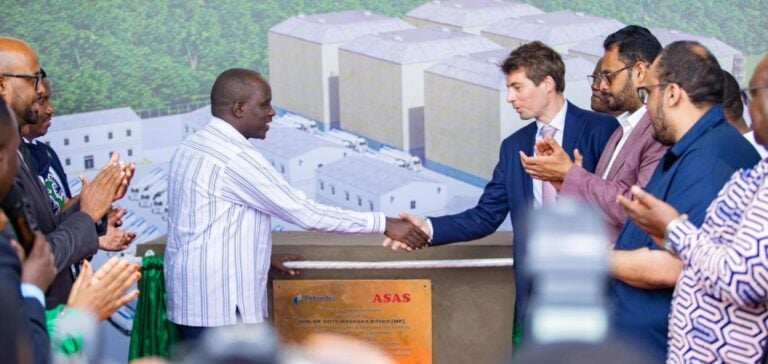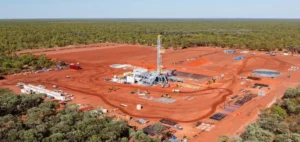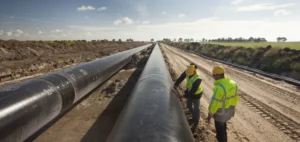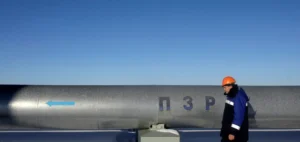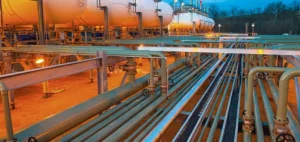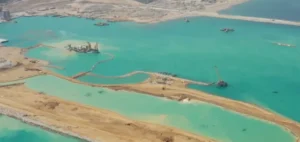Multinational group Petredec confirmed on 9 June the start of its liquefied petroleum gas (LPG) terminal project in Chongoleani, in the Tanga Bay area of north-eastern Tanzania. The 26-hectare site will host port facilities capable of receiving Very Large Gas Carriers (VLGCs), along with eight truck loading bays and an initial storage capacity of 40,000 m³.
The construction, expected to be completed by 2027, aligns with Tanzania’s national programme to expand access to LPG. The infrastructure aims to support growing energy demand, particularly in rural areas, and to reduce reliance on traditional fuels. According to data published in Science Direct, more than 80% of the Tanzanian population currently uses biomass for cooking, accounting for over 90% of the country’s total energy consumption.
Strengthening regional LPG logistics
The new terminal also aims to establish a logistics corridor for LPG across East Africa. By developing this infrastructure outside Dar es-Salaam port, the project enables diversification of LPG entry points into the country. The Tanga terminal could thus relieve pressure on Tanzania’s main port while reinforcing redistribution capacity to neighbouring markets.
No official cost estimate for the project has been disclosed. Petredec is developing the facility in partnership with Tanzanian company ASAS, active in logistics, transport and petroleum product distribution.
Rapid growth in LPG imports
According to a report published in March by the Energy and Water Utilities Regulatory Authority (EWURA), LPG imports in Tanzania rose by 38% year-on-year to reach 403,638 tonnes in 2024. This trend is driven by a proactive government policy to develop alternatives to wood and charcoal cooking in the context of rapid urbanisation and growing pressure on forest resources.
Jonathan Fancher, Chief Executive Officer of Petredec Global, stated that “developing infrastructure of this scale is key to a competitive and reliable LPG supply”, highlighting the need for steady fuel access through a more integrated logistics system.


